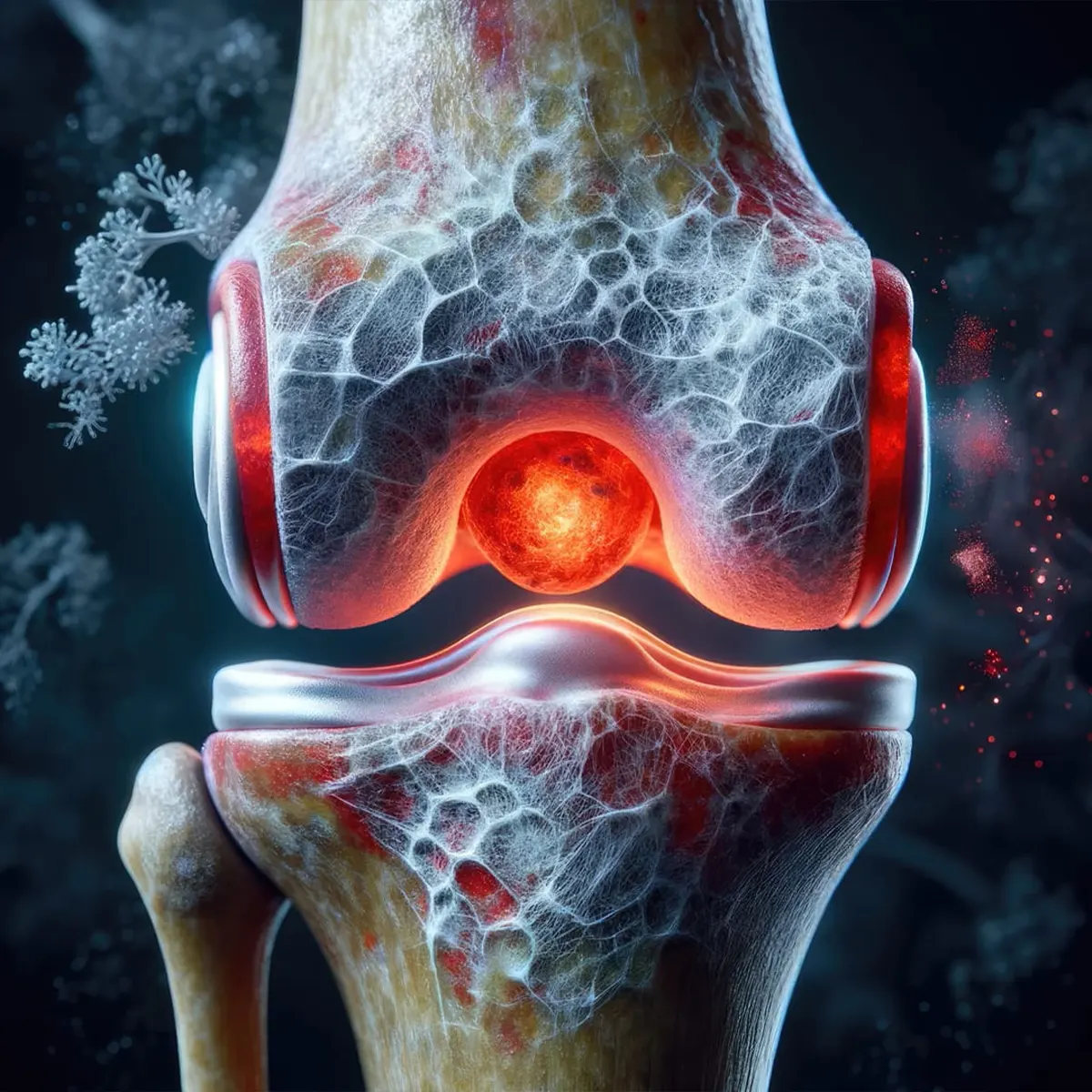Hip Labral Tear is an injury to the labrum, the soft tissue around the socket (acetabulum) of your hip. A hip labral tear can be caused by injury, structural problems or degenerative issues. A hip labral tear can be treated nonsurgically or in severe cases a hip labral repair surgery may be needed.
Causes of Hip Labral tear
Hip labral tear can be caused by many factors, such as:
- Structural Ailments - conditions that cause abnormal hip movement can lead to hip labral tears. In femoroacetabular impingement (FAI), which is the most common cause of hip labral tears, an imperfect fit can cause long-lasting groin pain and movement issues. Without treatment, it may result in osteoarthritis in some people.
- An Injury - trauma to the hip can lead to a hip labral tear. This can happen to people who play sports that have repetitive and high-impact movements, such as rugby, football and golf.
- Health Conditions - osteoarthritis is a chronic wearing down of the cartilage between your joints. As cartilage slowly erodes over time, it becomes more prone to tearing. Older age and excessive weight can increase your risk for osteoarthritis. People with osteoarthritis usually have pain and stiffness in more than one joint.
symptoms of hip labral tear
Symptoms of hip labral tears include:
- Hip pain and/or stiffness.
- Pain in the groin or buttocks area.
- A clicking sound in the hip area when you move.
- Feeling unsteady on your feet.
When yoy have a hip labral tear, hip pain or discomfort may get worse when you bend, move or rotate the hip, especially during an exercise or playing sports.
Hip Labral tear Diagnosis
To diagnose a hip labral tear, Dr. Miano will do a physical examination. During this examination, he may ask you to move your leg or walk around. Your ability to move and any pain you feel while moving, can help the doctor with the diagnosis.
Imaging tests can also be used to help diagnose a hip labral tear. Following imaging tests may be ordered:
- X-rays can alert to problems with the hip bones, such as femoroacetabular impingement or osteoarthritis, that may contribute to a labral tear.
- MRI or Magnetic Resonance Imaging shows more details in soft tissues. An MRI can show where a labral tear is and how severe it is.
hip labral tear treatment
A hip labral tear will not heal on its own, but rest and other nonsurgical measures can help manage symptoms of a minor hip labral tear. Nonsurgical treatments include:
- Anti-inflammatory Medications like ibuprofen can help reduce inflammation.
- Medication Injections such as steroids, into the hip joint to ease symptoms.
- Physiotherapy to stretch and strengthen the hip muscles may help relieve pain.
If symptoms persist or if the hip labral tear is severe, doctor may recommend hip labral repair surgery. Hip labral repair is usually done arthroscopically, which helps make the following repairs:
- Refixation or Repair - stitching the torn tissue back together.
- Reconstruction - reconfiguring damaged tissue using healthy tissue from another part of your body or from a donor.
- Debridement - removing a small piece of labral tissue.
If FAI is present, it will be removed at the same time to help prevent the labrum from tearing again. The arthroscopic surgery is often done on an outpatient basis, meaning the patient can go home the same day.
When to call an orthopaedic doctor
While hip and joint pain usually is not a life-threatening condition, it can significantly affect your day to day activities. Any hip or groin pain that doesn’t go away after a few days should be evaluated by an orthopaedic specialist. If you have sudden or severe pain in the hip or groin, call orthopaedic doctor immediately.
Ready to book an appointment?
Other Hip Conditions


